What significant innovations is the Italian HVACR manufacturing industry able to report in terms of enabling better energy efficiency, Indoor Air Quality and reliability? Indu Revikumar, Features Writer, Climate Control Middle East, searches for answers…
In what is being called the post-pandemic age, building owners across Italy are confronted with complex and demanding regulations. The Italian government has introduced several new regula-tions to make buildings more sustainable, safe and digitally enabled. It has also introduced incen-tives for renovations that promote energy efficiency. As a result, retrofitting is a popular trend across the country’s Existing Building landscape. A similar trend is blowing through the refriger-ation industry for greater efficiency and reliability in cold chain.
The regulations and incentives impact the HVACR industry by creating a need for cost-effective solutions that meet the demands of owners of facilities for greater energy efficiency, better IAQ and reliability. Manufacturers of equipment and components are responding by developing new technologies and products that address these needs.

Francesco Mastrapasqua
Francesco Mastrapasqua, Institutional Affairs Manager, Epta Group, notes that Italy and Europe, in general, face challenges such as high energy costs and the availability of components, which impact food retailers’ margins. Despite market growth, retailers are cautious in directing budgets towards purchasing new equipment. To reduce environmental impact, companies need to meet the requirements of F-Gas regulations, improve energy efficiency through eco-design and energy labelling, and embrace the European Green Deal’s climate-neutrality target. The latest version of Eco-design encourages recycling, repair, reuse and reconditioning of products to reduce waste and carbon emissions. Energy labelling provides retailers and hospitality stakeholders useful information to make informed choices. In short, the HVACR industry needs to transition towards an environmentally friendly approach as stakeholders embrace the green shift.
Mastrapasqua, elaborating, says: “European standards and regulations aim at protecting the envi-ronment and encourage sustainable use of resources. For several years now, the Group has replaced HCFCs and HFCs with natural alternatives, mainly CO2 and R290, in our offerings for Europe, providing additional energy savings in any country, at any external temperature. In addition, in compliance with Eco-design and energy labelling, Epta has developed a range of solutions that are best in class in terms of energy efficiency. In a context in which refrigeration accounts for 40% of the store’s energy bill, Epta have just launched remote and plug-in display cabinets in the market, which reach top efficiency classes, A and B.”
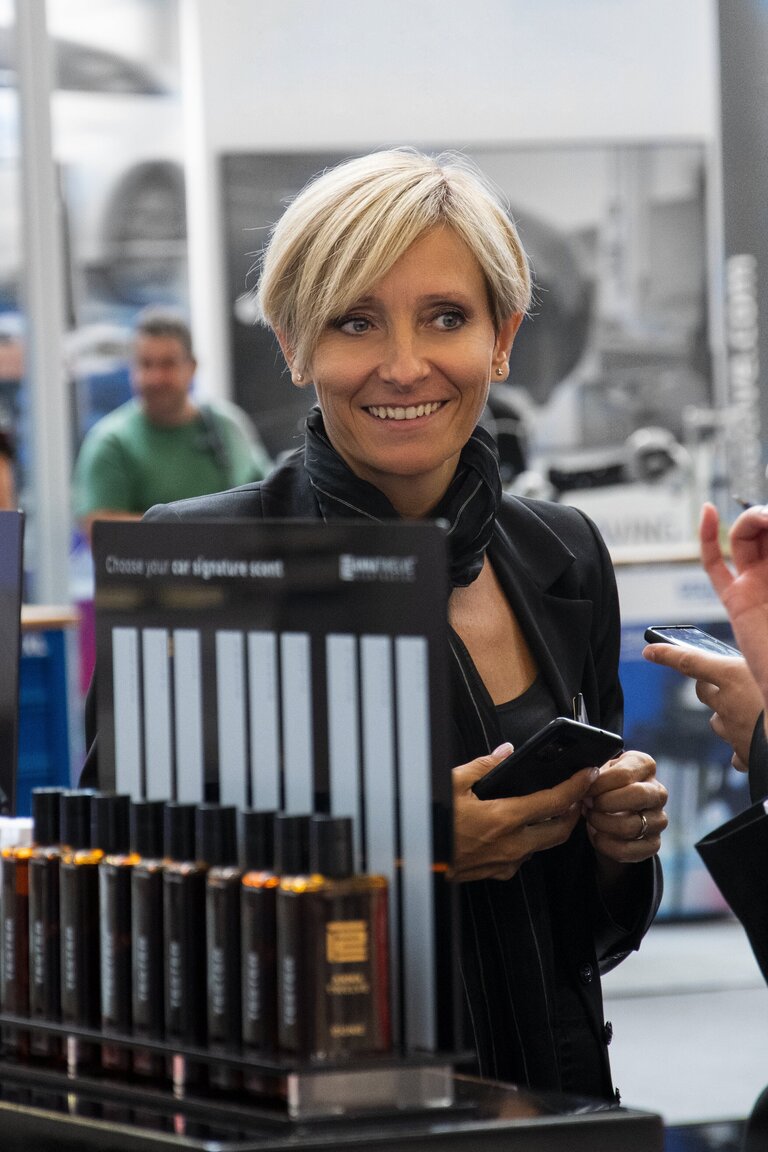
Gessica Perani
Gessica Perani, Marketing and Communication Manager, Errecom, says the Italian government has initiated various projects and incentives to revitalise the construction sector by renovating and transforming old buildings into high-performance ones. These incentives allow citizens to claim a percentage of their expenses against tax bills and exchange it with the constructor. The improvements include anti-seismic measures, photovoltaic systems and heat pumps, among others, to improve energy efficiency and tackle climate and energy challenges. As most buildings in Italy and Europe are old and inefficient, many citizens have taken advantage of these incentives. The industry is influenced by the government’s decisions, and Italy, as an EU member, can benefit from R&D funds and subsidies to drive these changes.
Perani adds: “Right now, the Italian government is defining the plan for REPowerEU, which must be submitted to the European Commission by April 30. Considering that one of REPow-erEU’s goals is to double the number of heat pump units in the next five years, I would say that Italy is on the right track: According to the latest data available, the number of additional heat pump units sold in Italy in 2022 recorded a growth of +134% compared to 2021.”
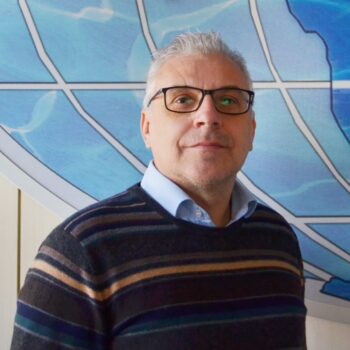
Nicola Zanca
Reflecting on Perani’s comments, Nicola Zanca, Director of the Technical Department, Valsir, highlights the impact of the pandemic on the construction market in Italy, stating that the market in Italy is focused on renovating existing buildings, since the majority of the buildings in Italy are old and in need of upgrades to improve their energy efficiency profile. To encourage these renovations, the Italian government offered tax benefits for those who improved their building’s energy efficiency by two classifications, which he notes constituted a significant motivation. This led to a significant increase in the market for heating, cooling and plumbing companies. However, he notes that Italy’s many historical buildings present a unique challenge for improving energy efficiency. Nevertheless, Europe will require all countries to have their energy efficiency classified as A, B, C, or D by 2030, requiring significant investments by individuals and companies in the next seven years.
Alessandro Borri, COO, General Gas, says: “On the refrigerant gas side, the only thing we can say is that Italy, as a member State of the EU, moves within the context outlined by the European regulation on fluorinated gases (F-Gas), which, moreover, is currently being revised and discussed at the level of the European Parliament. In other words, Italy will not necessarily do anything different from what the other member states will also have to do from an EU perspective.”
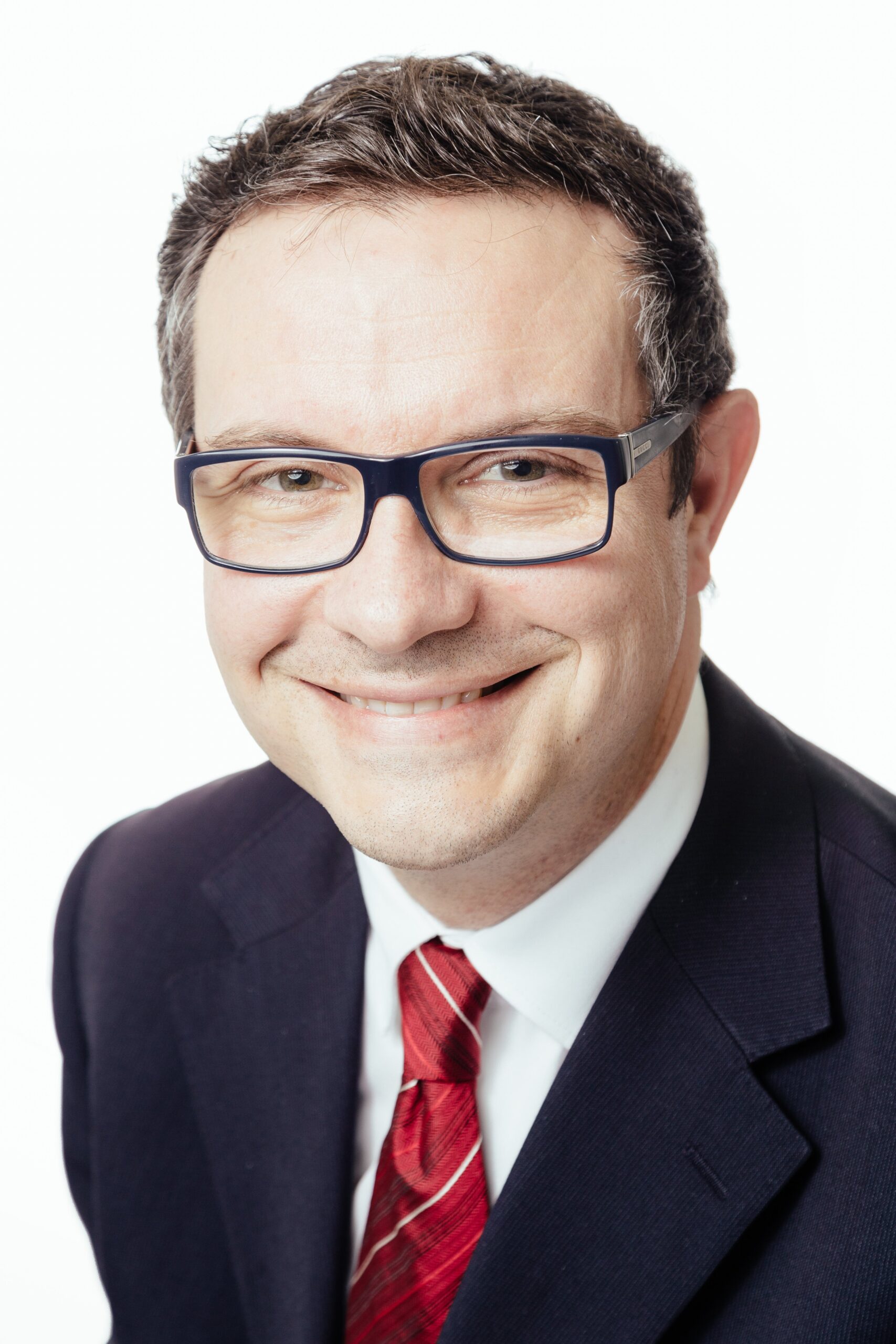
Mirco Cauz
Mirco Cauz, Managing Director, Central and Southern Europe, Carel, speaks of a growing focus on energy efficiency and reducing dependence on fossil fuels like natural gas in Europe. This includes a shift towards more natural efficiency, emphasising heat pumps, especially propane pumps for residential heating. This trend is also starting to take root in other parts of the world, like the GCC region countries, though it may take some time to fully develop. Carel, he says, is contributing to this effort through pilot installations of commercial refrigeration systems that prioritise natural efficiency – combining plant efficiency, serviceability and lower cost of ownership with minimal impact on the environment.
While several European countries have access to nuclear power and cheap electricity due to their geographical advantages, each country has its own specific resources and priorities, leading to different energy strategies, notes Sandro Bazzoni, Commercial Director, Valsir. As he puts it: “Italy, for example, relies heavily on renewable resources due to the abundance of rivers and solar energy. However, despite the focus on renewables, energy demands in Italy are high due to the country’s strong manufacturing sector. The COVID pandemic has also significantly impacted the energy sector and society as a whole, highlighting the need to be prepared for future changes. Predicting what will happen in the future is challenging, so being ready to face changes is essential.”
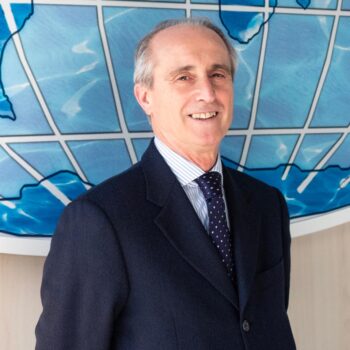
Sandro Bazzoni
Cauz adds: “Generally, when the industry tackles growing environmental concerns, technology plays a key role in enabling the industry to take these challenges on. The latest revision of the European Energy Performance of Buildings Directive (EPBD) focuses on promoting the adoption of smart technologies, particularly through establishing a smart readiness indicator (SRI). This indicator allows the assessment of the ability of buildings to adapt their operations to the needs of the occupant, including optimising energy efficiency and overall performance and adapting their activity in response to signals from the grid (energy flexibility). The SRI indicator raises awareness among building owners and occupants of the value added by building automation and electronic monitoring of building technology systems, giving occupants confidence in the savings these new advanced features can bring. Although this definition of smart buildings refers primarily to energy issues, it is clear that smart ventilation is a key factor in the “smart” readiness of buildings to reduce energy impacts and provide adequate air quality. The demand for connectivity is now a fundamental requirement in developing new products, and Carel is well positioned and experienced to support the new requests we see from within the region.”
When it comes to manufacturing, Cauz highlights the mirroring strategy, involving producing each product in at least two facilities worldwide, allowing for the swift shift of production to other plants during a pandemic. This sustainability strategy allowed the company to continue production during the pandemic and contributed to its growth of about 2.8 per cent.

Salah Abdelghany
Salah Abdelghany, General Manager, Castel Gulf DMCC, notes that Castel has stuck to its philosophy of making production processes more efficient while maintaining high stock levels. Andrea Cavalet, General Manager, Epta Middle East, says: “Innovation and sustainability are the pillars of Epta’s development and constitute the fundamental assets of our group identity, the Epta Sustainable System. The sustainability of our business, both in terms of manufacturing and product offering, embraces the environment and its people. This is the secret to facing complex contemporary challenges, such as energy transition and digitalisation, in compliance with the continuous evolution of consumers’ purchasing habits and the urgent need to reduce the carbon footprint.”
GCC region to the fore
Speaking about the GCC region, Bazzoni notes that the GCC region market is now more accepting of new technologies that were previously too expensive, such as Valsir’s multi-layer compo-site pipe system. This material, he says, is flexible, durable and resistant to chlorination, which is important for water quality. “Although it may cost more initially, people are willing to invest in it, because it will last longer and prevent future problems,” he says. “We are also involved in renovation and refurbishment projects for older buildings experiencing issues with their current piping systems.” Another example of a technology gaining acceptance in the GCC region market is underfloor cooling, previously less heard of, Bazzoni says. This system provides better comfort and energy savings, which is important for sustainability and reducing energy costs, he says, adding that the GCC region market is increasingly open to innovative technologies that offer long-term benefits.
Zanca says that Valsir is exporting its products to over 100 countries worldwide and is currently engaged in various projects related to acoustic systems, water supply, and heating and cooling systems. Recently, Valsir signed an agreement with its distributor in the GCC region to promote its products, which the company says, have a longer lifespan, better performance and sustainability features. The GCC region market, Zanca says, is now more accepting of new technologies, like the multi-layer pipes, which resist chlorination. “It is common in the UAE to use air conditioning systems due to the hot weather, which can be expensive and unsustainable,” Zanca says. “However, combining underfloor cooling with an AC system can create a more comfortable atmosphere while reducing energy costs. Underfloor heating is also popular in markets like Italy and North Africa, as it is more comfortable and energy-efficient than traditional radiators. This trend is also gaining popularity in the GCC region market, with projects like a three-floor station in Riyadh utilising underfloor cooling to reduce the impact of air conditioning. Underfloor heating and cooling systems are not just for residential properties but can also be applied to large surface areas like factories. In Italy, installing underfloor heating in new homes is mandatory, and solutions are available for the renovation market. These systems offer a more sustainable and efficient way of heating and cooling buildings.”

Fred Penhall
Fred Penhall, Managing Director, Carel ME, says: “Following the trends in Europe that have been developed for some years, the biggest issue is the requirement to exactly match kilowatt delivered to kilowatt demand. The ability to reduce wasted energy is key. So now, we have a lot of traditional buzzwords like VRF and VRV that allow you to match demand and supply. These are now being extended to DC drive technologies, which are currently at the forefront of this technology. This is simply to improve the annual energy efficiencies of these plants. Several manufacturers are adopting DC technology, and it is also being extended into refrigeration applications, where we see the adoption of propane technology. The trends in Europe are moving into the GCC region ahead of legislation, which is a positive movement. I also think separating the discussion from the cost of procurement is becoming increasingly important. The capital cost versus the lifetime cost of a product should be considered. Technologies may increase the capital cost, but these costs are quickly recovered in the lifetime ownership, which is becoming more and more relevant in the discussions.”
Speaking from a refrigeration perspective, Mastrapasqua, says: “Innovation must be sustainable from every point of view, and ensure advantages during the entire life of the solution, from every point of view, such as energy consumption, maintenance and reliability. The continuous research in ground-breaking systems based on CO2 allowed us to develop two technologies for transcritical CO2 plants: Full Transcritical Efficiency (FTE) and Extreme Temperature Efficiency (ETE), which have distinguished themselves over time for their simplicity, performance and respect for the environment. As far as the GCC region is concerned, Epta has installed a full transcritical CO2 (R744) supermarket in 2019, in Abu Dhabi. The installation has proved extremely reliable and efficient, with -40 % energy consumption compared to a standard HFC technology. This installation is a clear example of Epta’s approach and will to bring its experience and research to support the GCC region’s green transition. The target is clear, and the customers start giving signals of interest and implementation of ESG policies while still waiting for clear governmental policies to move in this direction. The Kigali Amendment to the Montreal Protocol is the latest policy on this matter, and it sets long deadlines, creating a big gap with the European community’s pace. Awareness of even energy efficiency topics is lacking, and most of the time the main concern is on the initial investment without a clear focus on the TCO (Total Cost of Ownership) reduction. A clear Regulation from the Authorities may help in the transition, and shift priorities.”
Cauz says: “In the Middle East, there is more demand for renovation projects than new construction. Cooling systems are becoming more popular in this region compared to the European market, where heating and cooling systems are required for year-round comfort. However, implementing these systems requires careful consideration of factors like humidity and temperature to ensure that the technology effectively creates a comfortable environment. While the technology exists, it needs to be developed further to account for these factors and to ensure that it works in different countries and climates. Developing these systems is important to provide a sustainable and efficient way to heat and cool buildings.
Abdelghany says: “Retrofit activities are not conducted directly by Castel but are managed by our end customers and installers; over time, the innovative components enter more frequently in these renewal activities and new projects. Even if difficult to estimate quantitatively, the retrofit market is an important component of our outlet market in the GCC region.”
Penhall says: “There’s an opportunity for retrofitting; we know that the GCC region is full of, let’s say, pretty old technology and low energy-efficient equipment. So, the opportunity for retrofitting is logical; it’s there. I think the driving force to get it done is where it becomes a bit challenging. Energy, I think, will be driven by the private sector. You will find companies that see an opportunity to have a business around energy efficiency. And as soon as they can offer a reasonable return on investment or possibly even fully support the retrofit cost, there will be good opportunities for retrofit.”
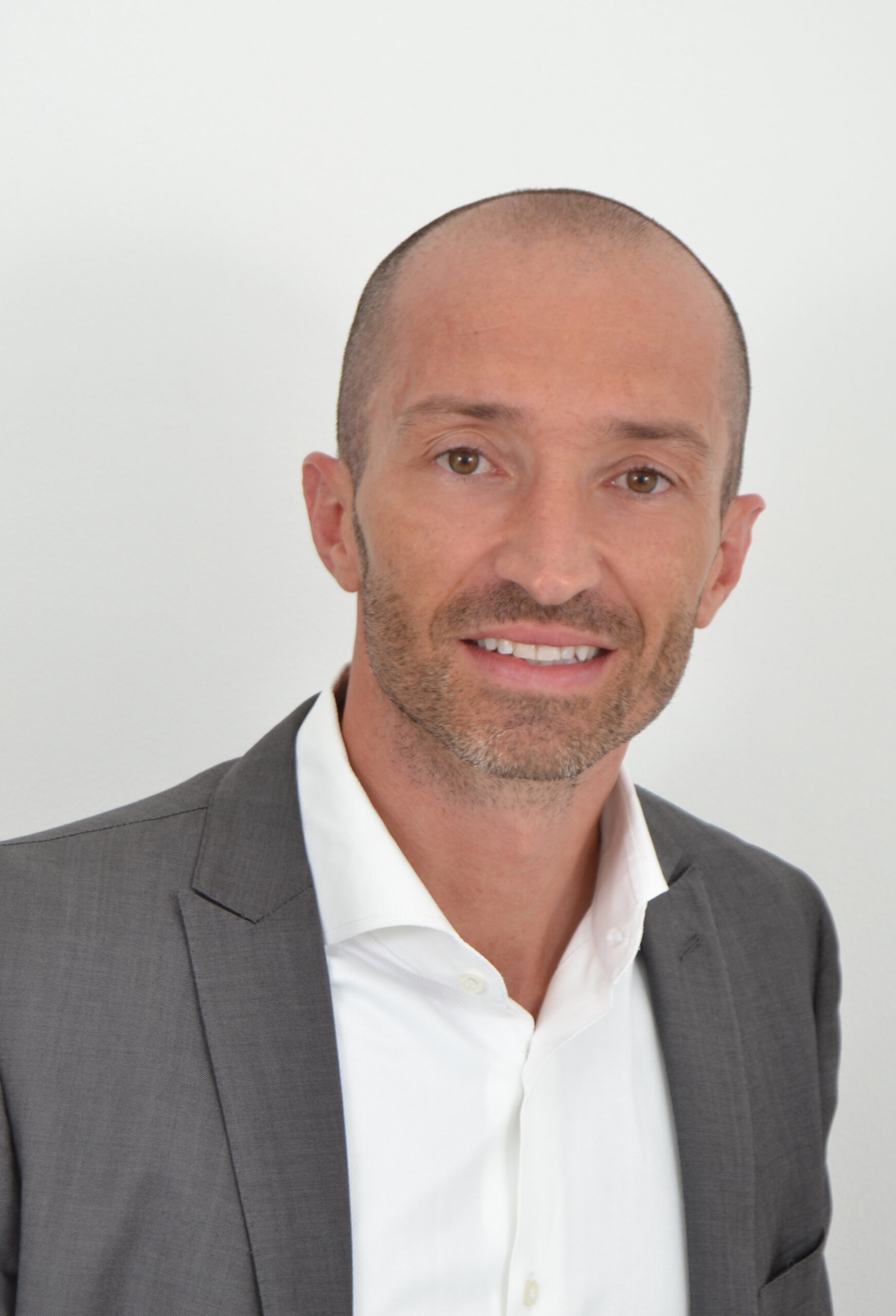
Andrea Cavalet
Andrea Cavalet, General Manager, Epta Middle East, says that retrofit is part of the aftersales strategy and is set to grow in the GCC region. It is the easiest way to extend the systems’ life and guarantee a benefit in terms of energy consumption, he says. “If we think about Europe, retrofit-ting has been mainly pushed by two facts: High energy costs and policies from the European Union,” he says. “This mix, which included incentives to companies investing in more efficient solutions, boosted this business segment. There would be tremendous growth if these two elements come into action in the GCC region. The refrigeration business is going very well in the GCC region, especially in those regions that are investing and expanding more than others. The Group is gaining market share and is closer and closer to those customers who see Epta as a reliable partner.”
Cauz says: “The fact that certain types of innovation or change should be driven by legislation also affects this strategy. It’s difficult to invest in an environment waiting for the end, and when certain technologies are already standard in Europe, it becomes difficult to ignore the environment without specific involvement. This also affects enterprises, because when discussing price, we are usually thinking about capex. However, when discussing energy efficiency, we are intrinsically referring to the total cost of ownership. If we don’t change and are unable to achieve a return on investment, then additional costs will be incurred due to the need for intelligent systems, controls and innovative solutions, which may take some time to pay back. That’s why I suggest breaking the discussion into three parts.”
Penhall says: “The region continues to deliver double-digit growth year-on-year, even during the pandemic. So, of course, for Carel, we have two opportunities that we are pursuing. One, of course, is to follow and support organic growth, and the second is to bring more of our products to the market, taking advantage of our customer relationships. We are very upbeat about these opportunities. Additionally, the order book is healthy, so we are positive about the short- and long-term.
Cavalet says Epta is helping the GCC region countries by implementing technologies which have already become consolidated in Europe – solutions that are well advanced compared to GCC region standards. This, he says, allows Epta to propose efficient systems without affecting the initial investment costs.
Abdelghany says Castel, to stay close to its customers in the GCC region area, opened a branch in the area at the beginning of 2023. In addition to an easier commercial supply, this also allows for technical engineering support to facilitate the GCC region market’s transition to more ecological, low-GWP and low-energy consumption products without impacting negatively from an economic point of view, he adds.
Gessica Perani, Marketing and Communication Manager, Errecom, says the company’s mission is to provide HVACR technicians with the tools and knowledge to carry out ordinary maintenance on air conditioning and refrigeration systems, reducing their energy consumption and CO2 emissions and eliminating refrigerant gas leaks into the atmosphere. Considering the importance given to energy efficiency today, Errecom is the ideal partner for the future Perani says. “Our products – leak stop, additives, UV dyes and cleaners – improve systems’ performance and are available for an affordable price, Perani says. “Compared to replacing or repairing systems, the cost of purchasing one of our additives is significantly lower. Not to mention the economic and social cost potentially linked to the downtime of a refrigerated vehicle, data centre or cold room, which could be easily avoided by simply planning ordinary maintenance with Errecom’s products.”
The Saudi thrust
Penhall says that Saudi Arabia is the market dominating most of the conversation. The market, he says has huge growth, and it is not only about potential but concrete plans. The projects that are tabled for the next 10 years are extremely interesting for any manufacturing or development business, he says. “So yeah, there’s no wonder why it’s the market that everyone’s focused on,” he adds.
Abdelghany says: The GCC region – in particular, Saudi Arabia – is experiencing a moment of important technological evolution also in the HVACR sector, with undoubted commercial im-pacts. “The opening of our new group company in Dubai demonstrates Castel’s focus on the area,” he adds.
Cavalet, says: “It is evident that Saudi Arabia has started playing one of the major roles in the region, with large investments in several business sectors, helping the companies to invest with confidence. Despite this, there is no shift in the focus and capability to grab opportunities in different countries. To be successful in the GCC region, Epta promotes a long-term vision in this area. The Group’s flexibility makes it easier to accept fast changes in the current political situations and grab opportunities out of the “comfort zone”. The key strategy is to be an entrepreneur in this region by bringing the Corporate’s Values and Directions.”
Copyright © 2006-2025 - CPI Industry. All rights reserved.